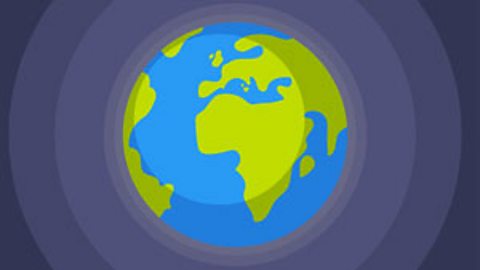Watch: Sustainability and plastics
Learn about sustainability and plastics with Sue Venir.
I’m really good at recycling! Not just because it’s good for the planet, but because on an airship like this there’s no one to collect the rubbish!
I reuse my water bottle instead of buying bottled water, otherwise I’d have lots of plastic bottles to get rid of. And I get fruit and vegetables without packaging otherwise I’d have lots of plastic wrapping to get rid of.
When you live without making waste like this, it’s called being sustainable! And it’s not only important for the way I live, but the way we all live.
This is because we’re throwing away a lot of rubbish, especially plastic! Food wrapping and drinks bottles are called single-use plastics because they’re only used once, and then thrown away.
Even things that don’t look like they’re made of plastic can still have plastic in them, like coffee cups that have a plastic lining.A lot of this rubbish doesn’t get recycled which is a big problem, because plastic doesn’t rot or biodegrade, so it takes a long time to break down.
A plastic bag can take hundreds of years to decompose. If plastic ends up in rivers, lakes, seas and oceans, it can do a lot of harm, as wildlife can get tangled in it, or mistake it for food!
Eight million tonnes of plastic enters the world’s oceans each year, so we all need to live more sustainably to stop polluting the planet! Because, just like my airship, there’s no one to collect the rubbish!
What does sustainability mean?
If something is sustainable, it can be carried on for a long period of time.
Being sustainable means doing little or no harm to the environment.
Throwing plastic bags away is not sustainable because the planet will eventually run out of landfill space.
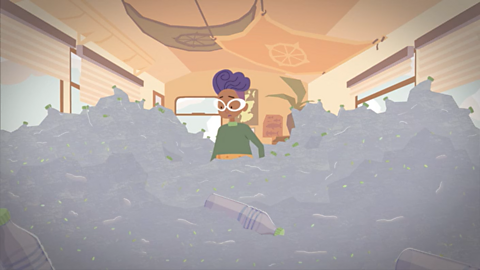
What is single-use plastic?
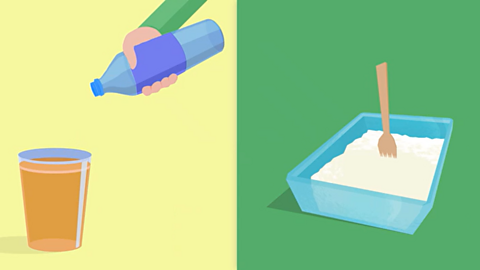
- Some plastic objects are only used once then thrown away. These are called single-use plastics.
- This includes things such as plastic bags, bottles, straws and crisp packets.

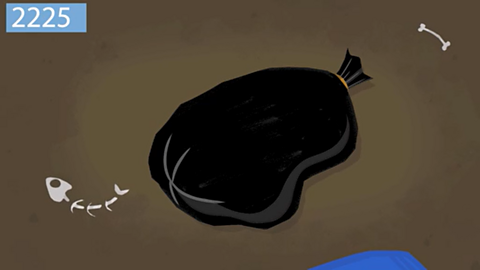
These objects cannot be recycled and can take hundreds of years to biodegrade.
It is not sustainable to keep on using them - and if we do, we could permanently harm the environment.
- Plastic harms animals and wildlife in rivers, lakes and oceans.
- To help the planet, people can:
- recycle
- reduce packaging
- reuse things such as bottles.
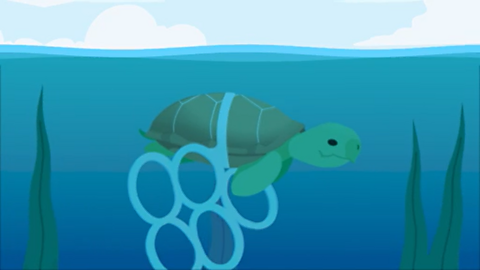
Where does all the plastic go?
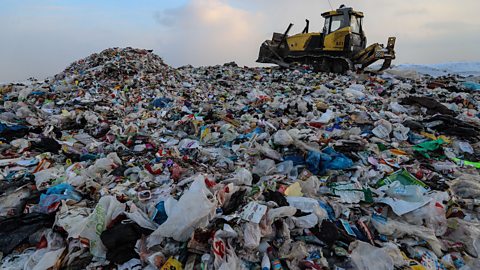
Image caption, Landfill site
Waste disposal is a big problem around the world.
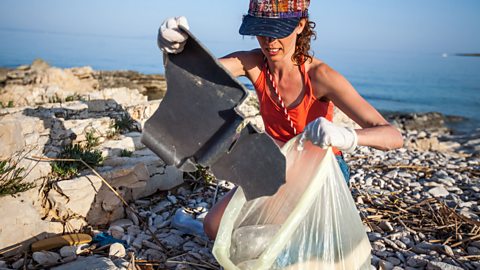
Image caption, Beaches
If we don't dispose of plastic properly, then it can end up in the sea and wash up on beaches.
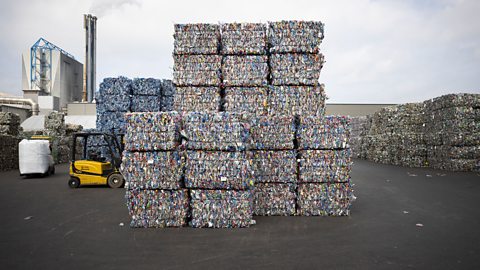
Image caption, Plastic recycling plant
We can recycle some types of waste plastic into other products.
1 of 3
What is recycling?

When something is recycled it is reused or turned into something else.
Materials such as glass, metal and paper are quite easy to recycle and certain types of plastic are too.
Objects that aren’t recycled are taken to landfill sites.
These are places where rubbish gets buried and left to rot away and biodegrade.
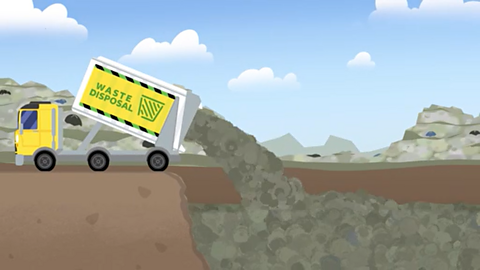
Activity: Quiz – Sustainability and plastics
SATs preparation resources. activitySATs preparation resources
Get ready for the SATs papers with videos, activities, quizzes and games to refresh your knowledge and practise your skills.

More on Sustainability
Find out more by working through a topic
- count6 of 9
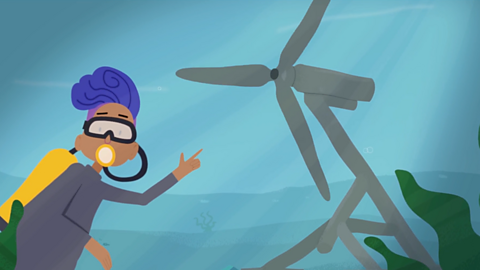
- count7 of 9
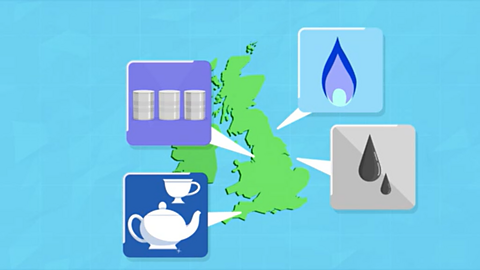
- count9 of 9
